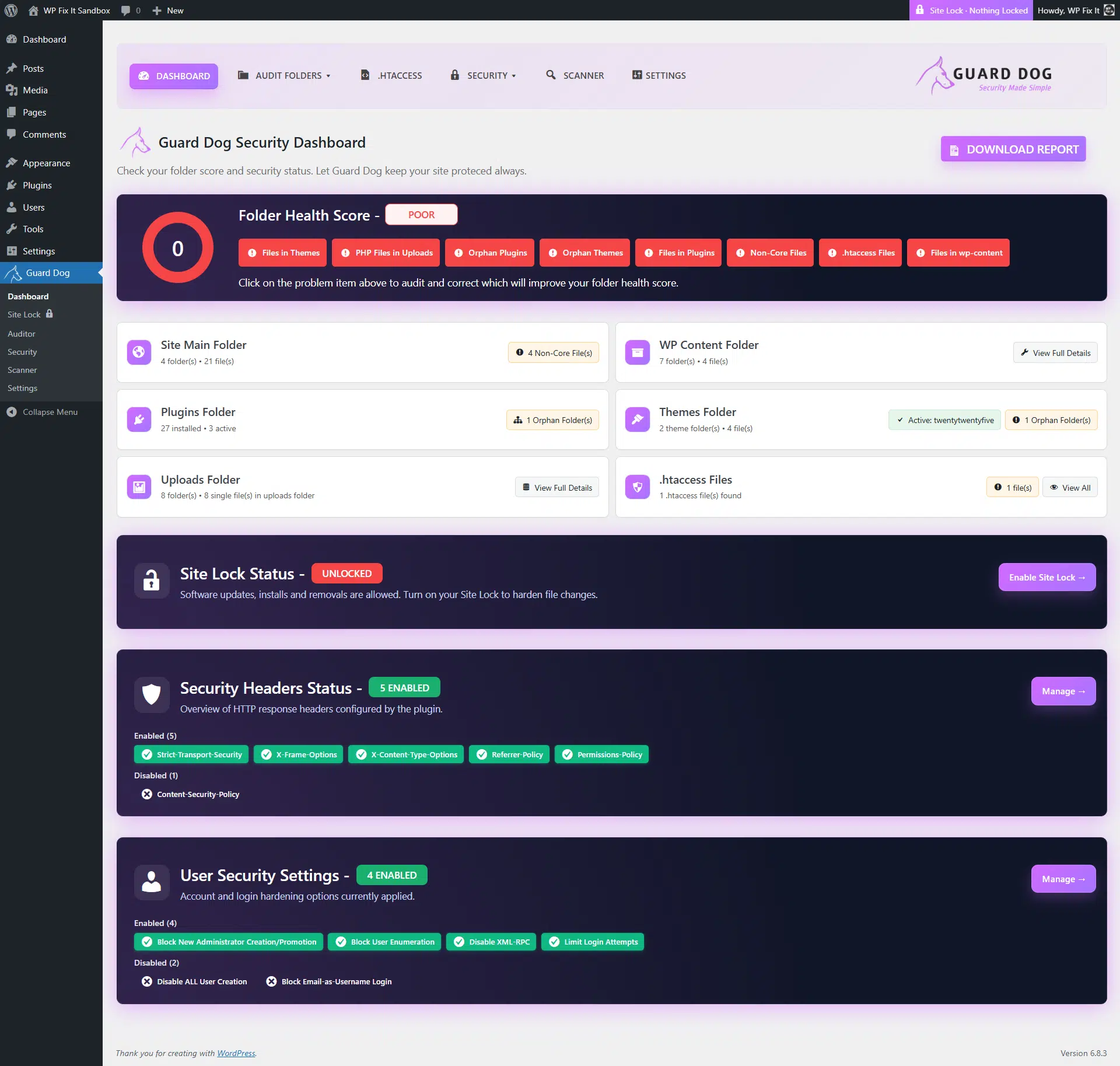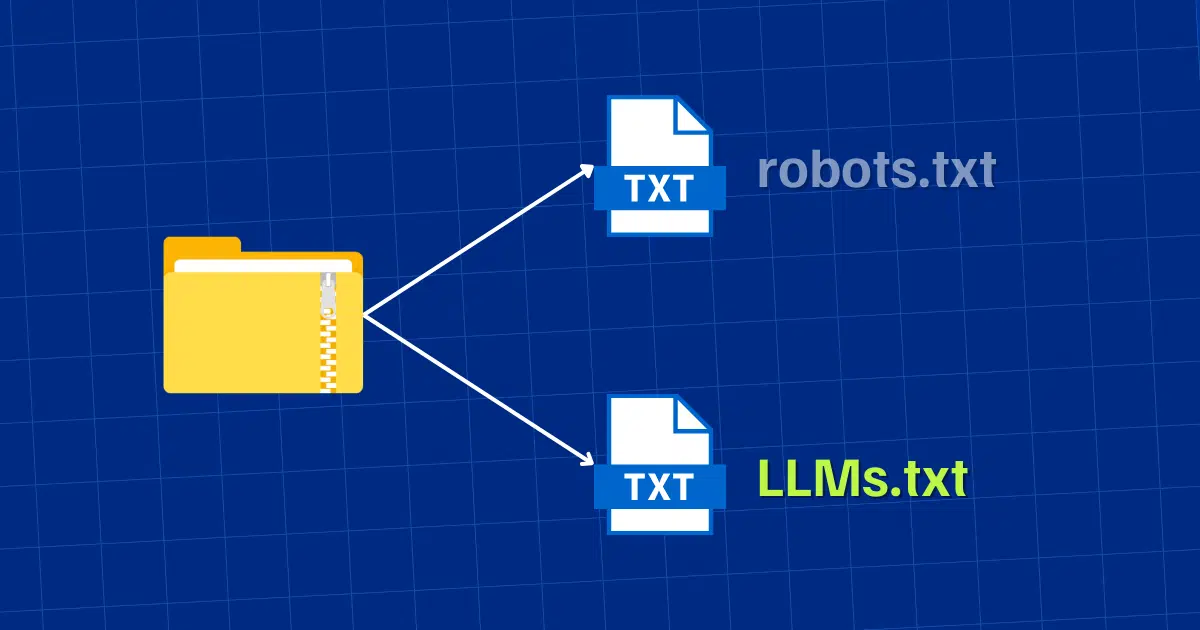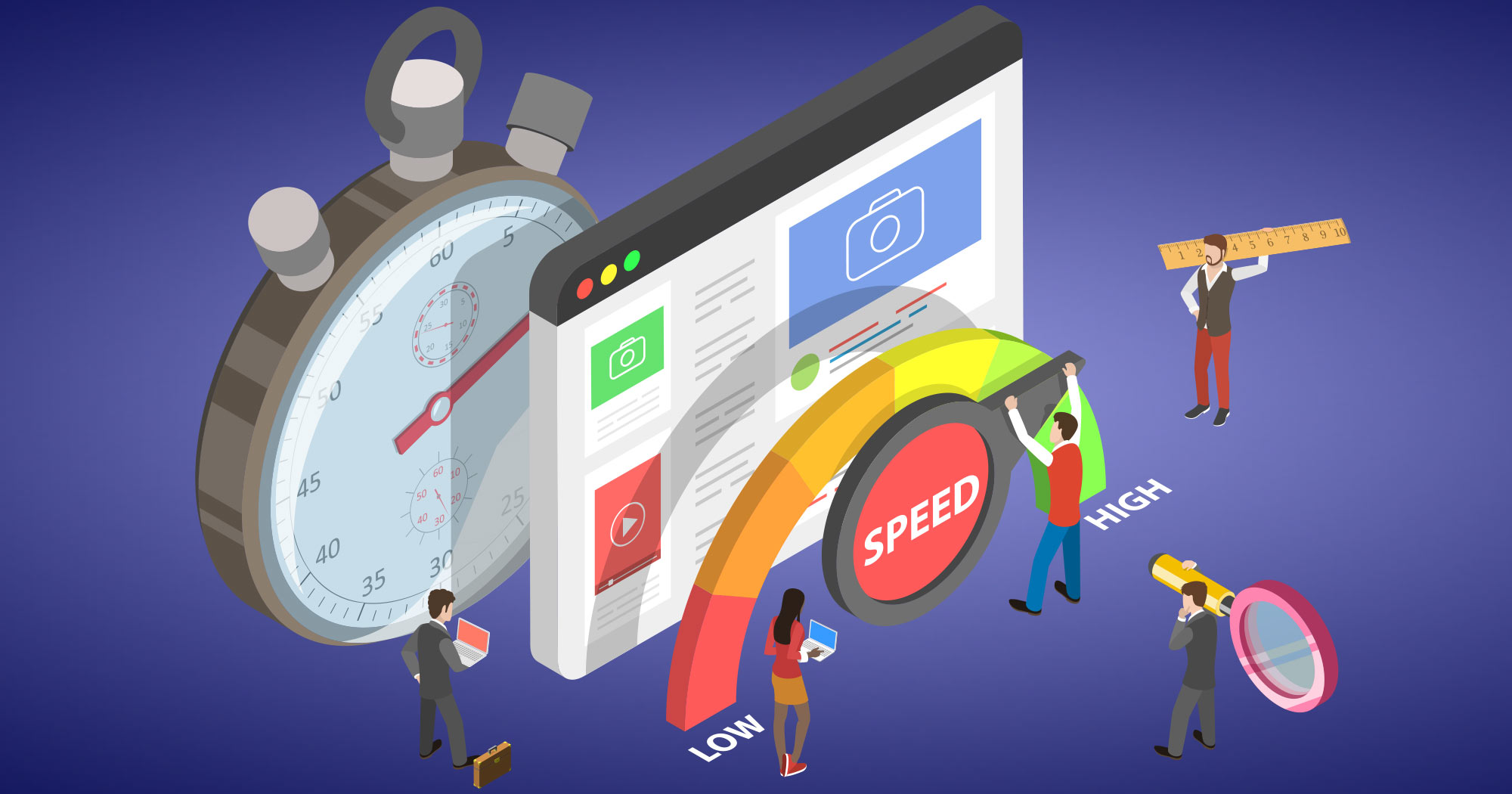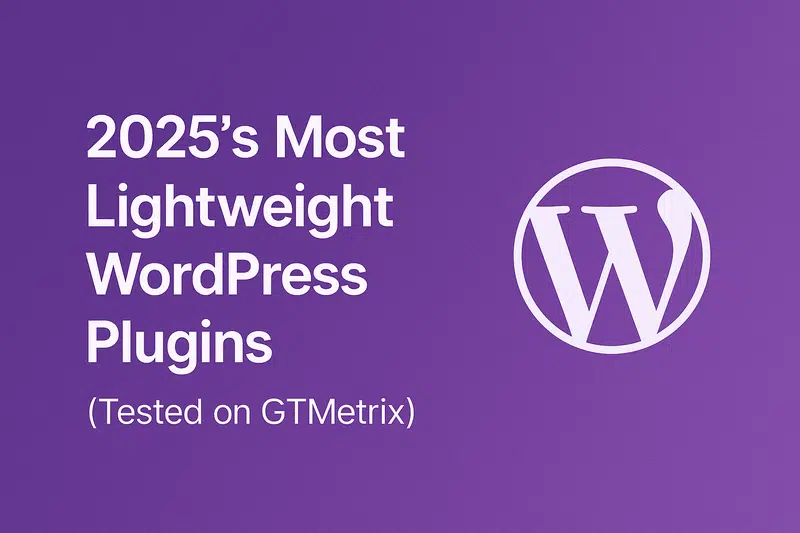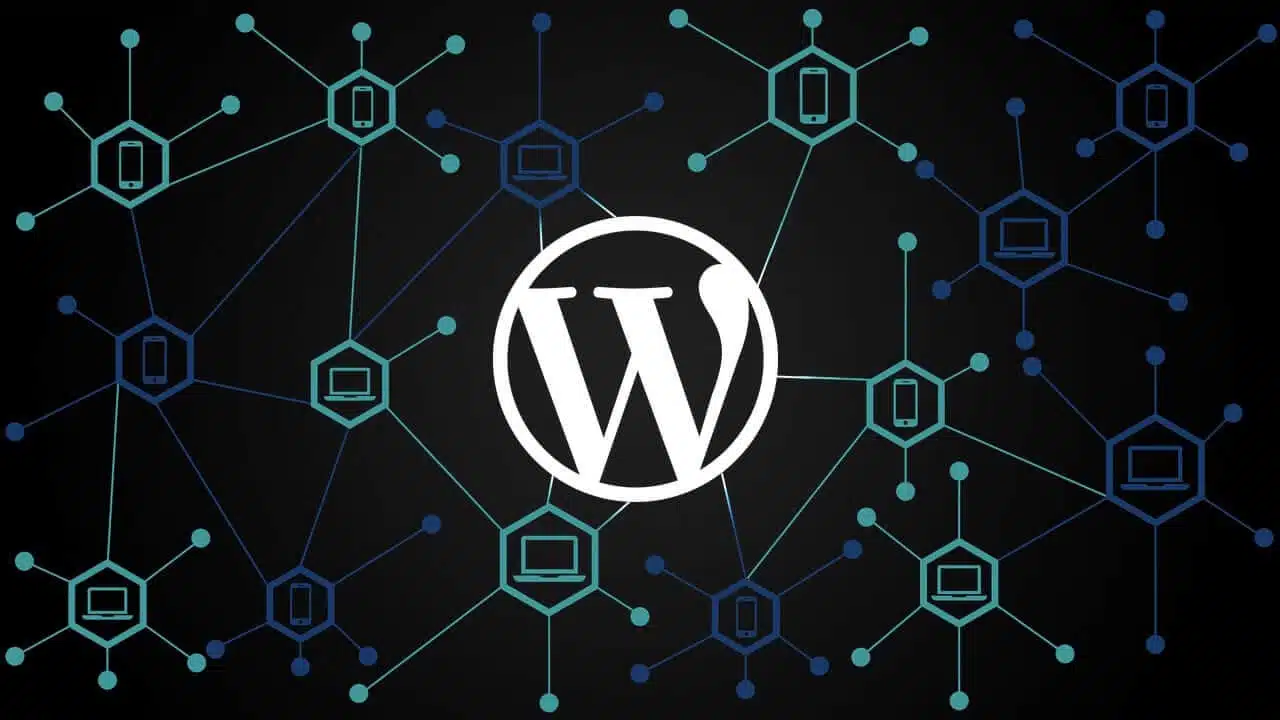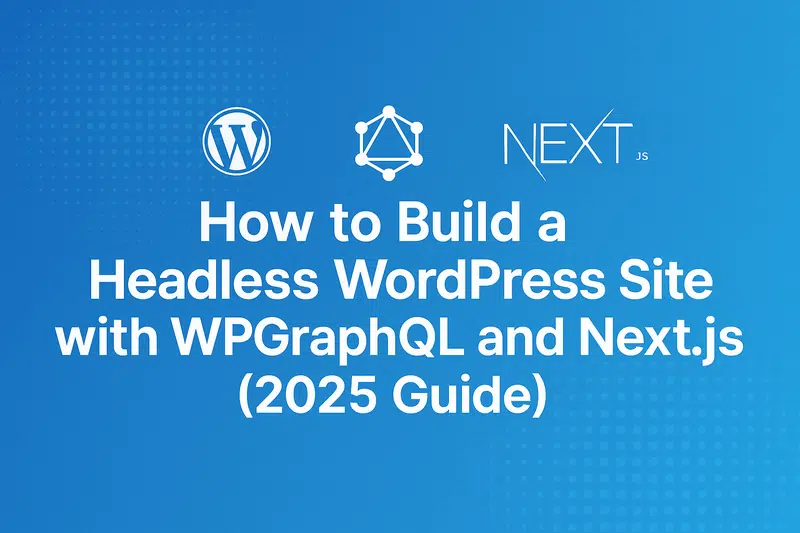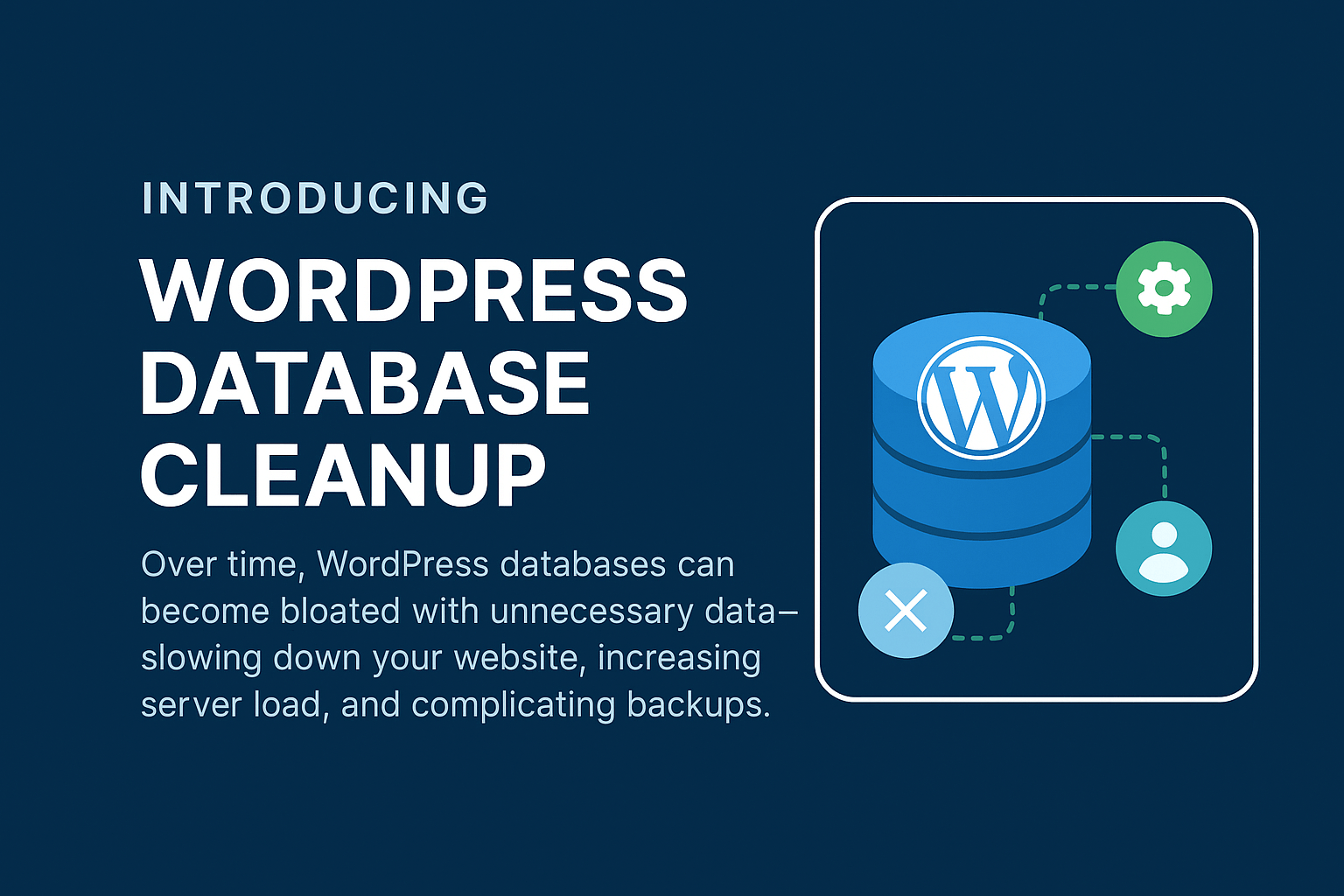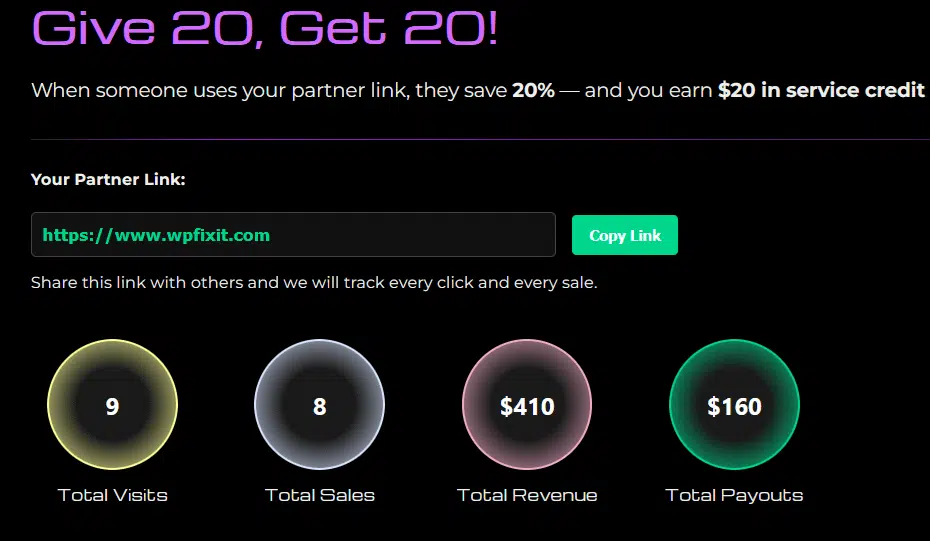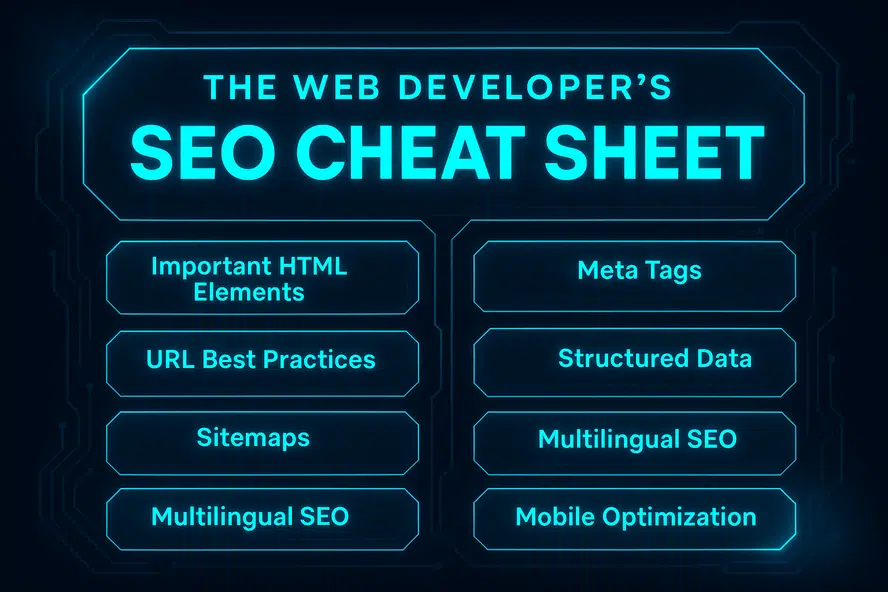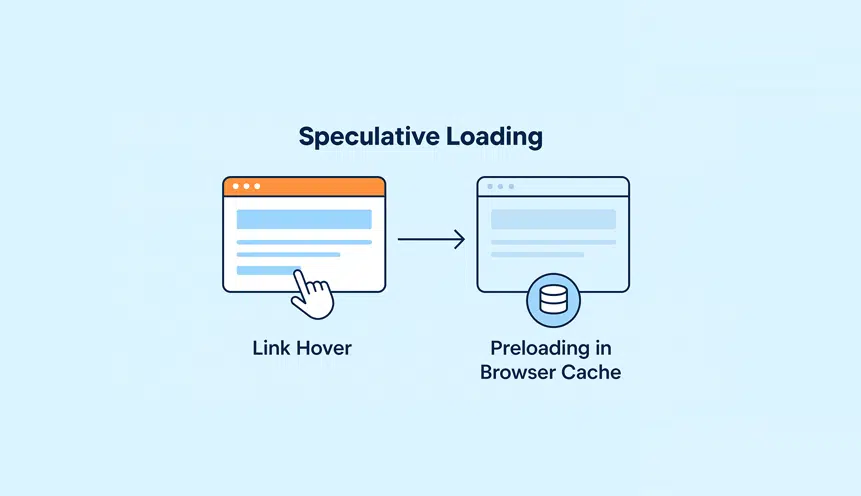WordPress is a popular content management system (CMS) that allows users to create and manage websites without any coding knowledge. It was first released in 2003 and has since become one of the most widely used CMS platforms in the world.
There are several reasons why WordPress is a great choice for beginners. Firstly, it is incredibly user-friendly and intuitive, making it easy for anyone to get started. Secondly, it offers a wide range of themes and plugins that allow users to customize their websites to their liking. Lastly, WordPress has a large and supportive community, so if you ever run into any issues or have questions, there are plenty of resources available to help you out.
To get started with WordPress, you will need to sign up for a hosting provider and install WordPress on your domain. Most hosting providers offer one-click installations for WordPress, making the process quick and easy. Once you have installed WordPress, you can log in to your dashboard and start customizing your site.
Understanding the WordPress Dashboard: How to Navigate and Customize Your Site
The WordPress dashboard is the control panel where you can manage all aspects of your website. It is divided into several sections, including the sidebar, toolbar, and main content area.
The sidebar contains various menus that allow you to navigate through different sections of your site. From here, you can access settings, create new posts or pages, manage media files, and more.
Customizing your site’s appearance is one of the key features of WordPress. You can choose from thousands of free and premium themes that determine the overall design and layout of your site. To customize your site’s appearance, go to the Appearance menu in the sidebar and click on Themes. From here, you can browse through the available themes and install the one that suits your needs.
Managing users and permissions is another important aspect of running a website. In the Users menu, you can add new users, edit existing users, and assign different roles and permissions to each user. This allows you to control who can access and edit your site.
Creating Content in WordPress: Tips and Tricks for Writing and Formatting Posts and Pages
Creating content in WordPress is simple and straightforward. To create a new post or page, go to the Posts or Pages menu in the sidebar and click on Add New. From here, you can start writing your content.
WordPress offers a range of formatting options to help you structure your content. You can use headings, paragraphs, lists, and more to make your content easy to read and navigate. You can also add links, images, and videos to enhance your content.
Adding images and videos is a great way to make your content more engaging. To add an image, simply click on the Add Media button above the editor and upload your image. You can then insert the image into your post or page by clicking on it.
Using categories and tags is important for organizing your content and making it easier for users to find. Categories are broad topics that group similar posts together, while tags are more specific keywords that describe the content of a post. You can assign categories and tags to your posts in the right-hand sidebar when creating or editing a post.
Using Plugins and Themes: Maximizing Your Site’s Functionality and Design
Plugins are extensions that add extra functionality to your WordPress site. There are thousands of plugins available for WordPress, ranging from simple contact forms to complex e-commerce solutions. To install a plugin, go to the Plugins menu in the sidebar and click on Add New. From here, you can search for plugins by keyword or browse through popular plugins.
Themes determine the design and layout of your site. There are thousands of free and premium themes available for WordPress, allowing you to create a unique look for your site. To install a theme, go to the Appearance menu in the sidebar and click on Themes. From here, you can browse through the available themes and install the one that suits your needs.
When choosing plugins and themes, it’s important to consider factors such as compatibility, support, and reviews. It’s also a good idea to regularly update your plugins and themes to ensure they are up-to-date and secure.
SEO for WordPress: Optimizing Your Site for Search Engines and Boosting Your Traffic
Search engine optimization (SEO) is the process of optimizing your website to rank higher in search engine results pages (SERPs). WordPress offers several built-in features that can help improve your site’s SEO.
To optimize your site for search engines, start by installing an SEO plugin such as Yoast SEO or All in One SEO Pack. These plugins provide tools and guidance to help you optimize your content for keywords, meta tags, and more.
In addition to using an SEO plugin, there are several other best practices you can follow to improve your site’s SEO. These include creating high-quality content, using descriptive URLs, optimizing images, and building backlinks.
WordPress Security: Protecting Your Site from Hackers and Malware

WordPress is a popular target for hackers and malware due to its widespread use. However, there are several steps you can take to protect your site from security threats.
Some common security threats to WordPress sites include brute force attacks, malware injections, and outdated software. To protect your site, it’s important to follow best practices such as using strong passwords, keeping your software up-to-date, and regularly backing up your site.
Using security plugins is another effective way to protect your site. There are several security plugins available for WordPress that can help detect and prevent security threats. Some popular security plugins include Wordfence Security, Sucuri Security, and iThemes Security.
E-commerce with WordPress: Setting Up an Online Store and Accepting Payments
WordPress is not just for blogs and personal websites – it can also be used to create powerful e-commerce stores. With the help of plugins such as WooCommerce, you can easily set up an online store and start selling products.
To set up an online store, start by installing the WooCommerce plugin. Once installed, you can configure your store settings, add products, and customize the appearance of your store.
Accepting payments with WordPress is also easy thanks to the wide range of payment gateway plugins available. Some popular payment gateway plugins include PayPal, Stripe, and Authorize.net. These plugins allow you to securely accept payments from customers and process transactions.
Managing Users and Permissions: Collaborating with a Team and Controlling Access to Your Site
If you are running a website with multiple users or collaborating with a team, it’s important to have control over user permissions. WordPress allows you to add and manage users, as well as assign different roles and permissions to each user.
To add a new user, go to the Users menu in the sidebar and click on Add New. From here, you can enter the user’s details and assign them a role. WordPress offers several default roles, including Administrator, Editor, Author, Contributor, and Subscriber. Each role has different permissions and capabilities.
Controlling user permissions is important for maintaining the security and integrity of your site. By assigning appropriate roles and permissions to each user, you can ensure that they only have access to the areas of your site that they need.
WordPress Maintenance: Keeping Your Site Up-to-Date and Running Smoothly
Regular maintenance is essential for keeping your WordPress site up-to-date and running smoothly. This includes updating WordPress itself, as well as any plugins and themes you have installed.
Updating WordPress is easy – simply go to the Updates menu in the sidebar and click on Update Now. WordPress will automatically check for updates and install them for you. It’s important to regularly update WordPress to ensure that you have the latest security patches and bug fixes.
Updating plugins and themes is also important for security and performance reasons. To update plugins, go to the Plugins menu in the sidebar and click on Updates. From here, you can see which plugins have updates available and install them. To update themes, go to the Appearance menu in the sidebar and click on Themes. From here, you can see which themes have updates available and install them.
Backing up your site is another important aspect of maintenance. Regular backups ensure that you have a copy of your site in case anything goes wrong. There are several backup plugins available for WordPress that can automate the backup process for you.
Advanced Techniques for WordPress: Customizing Your Site with Code and APIs
For those who want to take their WordPress site to the next level, there are advanced techniques that allow you to customize your site with code and APIs.
WordPress is built on PHP, so if you have coding knowledge, you can customize your site by editing the theme files or creating custom plugins. This allows you to add custom functionality, modify the design, or integrate with third-party services.
Using APIs is another way to extend your site’s functionality. APIs (Application Programming Interfaces) allow different software applications to communicate with each other. Many popular services offer APIs that allow you to integrate their functionality into your WordPress site. For example, you can use the Google Maps API to display maps on your site or the Twitter API to display tweets.
By using code and APIs, you can create a truly unique and customized website that meets your specific needs.
In conclusion, WordPress is a powerful and versatile platform that allows beginners to create and manage websites without any coding knowledge. With its user-friendly interface, extensive customization options, and large community support, WordPress is an excellent choice for anyone looking to build a website. Whether you’re a blogger, business owner, or e-commerce entrepreneur, WordPress has the tools and features to help you succeed. So why wait? Get started with WordPress today and unleash your creativity!
If you’re looking for WordPress support, WP Fix It has got you covered. They offer a wide range of services to help you with any WordPress-related issue you may be facing. One article that caught my attention is their comprehensive guide on conducting a malware scan for your WordPress site. It provides step-by-step instructions on how to identify and remove malware, ensuring the security of your website. Check out the article here to learn more about protecting your WordPress site from malware threats.






